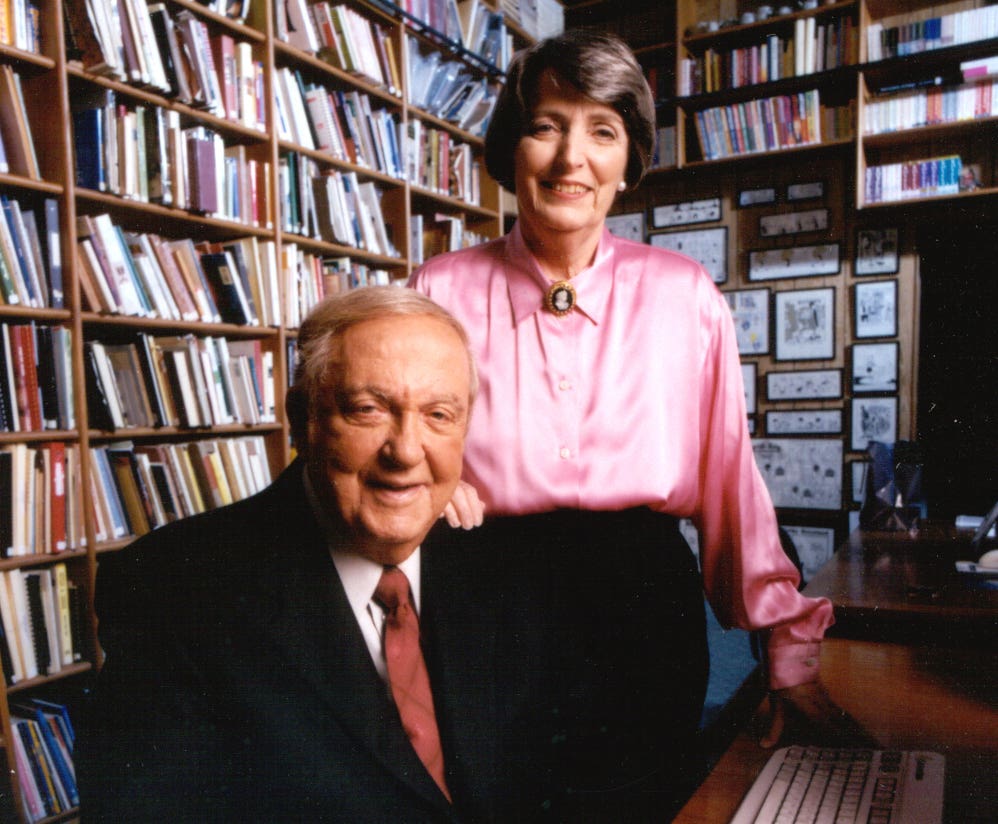Johnny Appleseed’s Bible
A Georgia family believed their 1857 Bible connected them to Johnny Appleseed, but new research shows how tangled family trees can grow around an American legend.
When I received a phone call that a documented descendant of John Chapman, the true Johnny Appleseed, was selling a family Bible with ties to the icon, my curiosity and pocketbook heated up. However, as it turns out, the truth behind its link to the legendary pioneer falls far from the tree.
The Bible’s end sheet is marked with a trade stamp and a handwritten note reading “John N. Chapman’s Book. Price $1.25. 1857.”
A pre-Civil War Bible tied to the myth behind a real-world legend stoked my inner Indiana Jones. Too good to be true? Possibly. But the adventure was too tantalizing to ignore. I soon learned that Johnny Appleseed exists in American folklore as both myth and man.
Many facts are true: His father, Captain Nathaniel Chapman, enlisted in the Continental Army and was one of the original Minutemen who fought at Bunker Hill. We know the tracts of land Appleseed purchased, the Ohio towns he frequented, and that the apples he planted were not very good. The best use for them was making liquor, hard cider to be exact.
There are just as many myths. There is still some debate about where Johnny Appleseed died and is buried. Some say he worked in a Pittsburgh boatyard. It’s claimed he worked for cast-off clothing (despite owning thousands of acres and having plenty of cash on hand).
We know for sure that Johnny Appleseed was a devout Christian who always carried a Bible with him. Appleseed was a Christian missionary for the Church of the New Jerusalem, influenced by the theology of Emanuel Swedenborg (1688–1772). He distributed Swedenborgian religious tracts and Bibles to American settlers in the Midwest, sharing the teachings of The New Church while also planning orchards.
Many historians say Chapman’s favorite Bible verses are from the Beatitudes, a central part of the Gospel according to Matthew: “Blessed are the poor in spirit: for theirs is the kingdom of heaven” (Matt. 5:3), and “Blessed are the meek: for they shall inherit the earth” (Matt. 5:5).
Fitting verses for a man who actually wore a mush pan on his head, according to historians.
The Bible held by the Georgia family of Chapmans is The Holy Bible, Containing the Old and New Testaments, Translated Out of the Original Tongues: and With the Former Translations Diligently Compared and Revised. It is the thirty-second edition, published in 1856 by the American Bible Society in New York, and is 250 pages long. A copy may be found on Archive.org.
The immediate former owner, Leslie Chapman Miller, was a public school music teacher who grew up believing her family was a branch of the Chapman family tree. “I always enjoyed teaching about Johnny Appleseed songs each fall (I taught music) while the kids were learning about him in their classes. I could tell them he’s one of my ancestors, and they were always amazed [and] couldn’t wait to tell their teachers!”
Authentic items directly related to Chapman are as scarce as his surviving trees. A rare autograph was sold by RR Auction in October 2024 for $6,504. The Johnny Appleseed Educational Center and Museum displays the Dock Family Bible, purported to have been carried by Johnny Appleseed himself. The Bible has been in the possession of the descendants of Johnny’s half-sister since 1849 and is entrusted to the museum.
The family story says that Leslie Chapman Miller’s father was named Charles Chapman. His father was John Guy (J.G.) Chapman, who received the Bible from his father, a brother of Johnny Appleseed.
J.G. Chapman began working in the funeral service in Jasper, Georgia, in 1936, after moving from Gaffney, South Carolina, with his wife, Florence. In 1951, he and Florence, along with their son, Charles Linson Chapman, co-founded Chapman Funeral Home in Jasper, Georgia. J.G. Chapman is still regarded as one of the most respected gentlemen in Pickens County, Georgia.
Like Johnny Appleseed himself, Leslie Chapman Miller’s decision to part with a family heirloom tied so closely to their famous relative was based on an eye toward the future.
“We decided that instead of keeping the Bible,” Leslie Chapman Miller said, “it was time to let others enjoy learning about it.”
She said she was especially interested in the cost of the Bible, “It was a lot of money for that time!” In fact, $1.25 in 1857 would cost $42.81 in 2024, roughly 14% of a laborer’s $300 annual income at the time.
Image courtesy Bayside Auctions.
Unfortunately, that’s where the story ends for the Chapman family, who resided in Georgia.
Mikaela Prescott, director and curator of the Johnny Appleseed Educational Center and Museum in Urbana, Ohio, explained how easy it is for genealogy to take a wrong turn. She researched several generations of the Chapman family living in Georgia and learned why the confusion exists.
“Following this, it has [J.G. Chapman’s] grandfather as ‘John Nathan Chapman,’” she said. “Timelines match, but…his father [is] Samuel Whatley Chapman, not Captain Nathaniel Chapman (Johnny Appleseed’s father). I think this may not be Johnny Appleseed’s half-brother. I think it may just be a case of the same name.
“Folks tend to forget that, like ‘John Smith,’ it is possible to share names with others, unfortunately.”
Samuel Whatley Chapman died December 30, 1892, and rests in the Crawfordville Baptist Church Cemetery in Crawfordville, Georgia—roughly 94 miles southeast of Atlanta.
“My first instinct is that this is not Johnny Appleseed’s bible,” Prescott said.
Nevertheless, generations of Samuel Chapman preserved an important Bible for 168 years. With proper care, it will still feed people as a symbol of a man whose legacy is both known and unknown.
You may also like:
An enthusiastic collector and well versed in a wide variety of collecting areas, Eric Bradley is the author of more than a dozen collectibles reference books including Mantiques: A Manly Guide to Cool Stuff and Harry Potter -- The Unofficial Guide to the Collectibles of Our Favorite Wizard. Highly respected in the field, Bradley is vice president of editorial content and public relations at WorthPoint.








